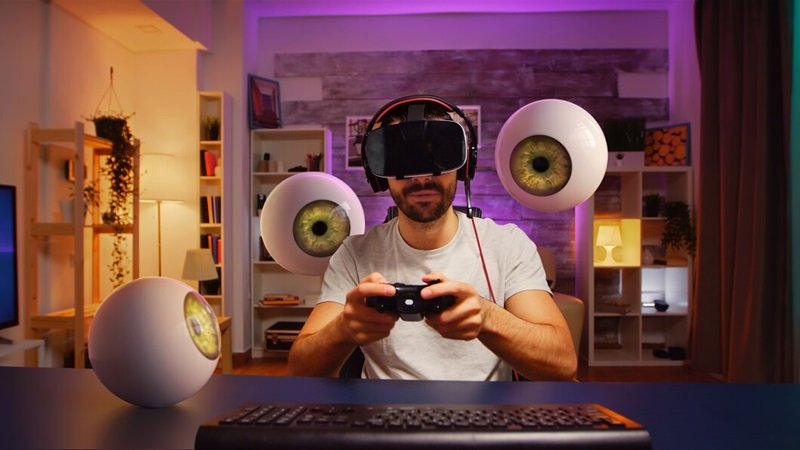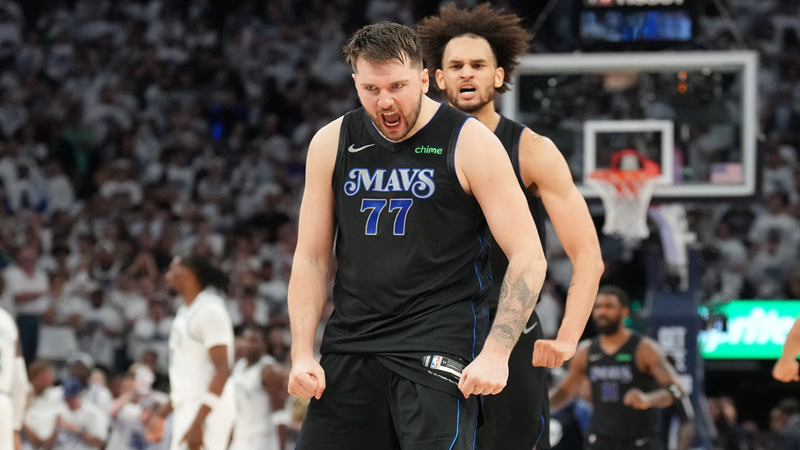The world of blockchain technology and digital assets has grown exponentially in recent years, with non-fungible tokens (NFTs) becoming a revolutionary innovation for creators, gamers, and investors alike. GameStop, a notable gaming retail giant, has ventured into the NFT space with high hopes and ambitious goals. From February to October, GameStop’s NFT platform has witnessed significant developments, partnerships, and shifts, as explored in this article. Leveraging key data from sources like OctoberIrwindecrypt, we will delve deep into GameStop’s progress in NFTs and what the future holds for the platform.
GameStop’s Introduction to the NFT Marketplace
In February 2022, GameStop officially entered the NFT market, launching its blockchain-based platform. The primary goal was to establish itself as a competitor in the Web3 space, moving beyond its traditional retail focus. GameStop’s NFT platform was developed to allow gamers, creators, and developers to trade and showcase digital assets on a decentralized network. This shift marked a critical transition for GameStop into the digital economy.
The keyword “GameStop NFT February Octoberirwindecrypt” highlights how the brand’s NFT strategy evolved during this timeframe. Partnerships with Ethereum scaling platforms like Immutable X were announced to improve speed, reduce costs, and enhance the user experience.
GameStop NFT February: Key Launches and Developments
February marked a significant phase for GameStop. The company unveiled plans to develop a cutting-edge NFT marketplace that could integrate blockchain gaming. During this month, GameStop announced the following:
- Partnership with Immutable X:
GameStop selected Immutable X, a Layer 2 Ethereum scaling solution, to create a high-performance, gas-free NFT platform. This move was crucial in making NFTs more accessible and affordable for gamers. - Focus on Gaming NFTs:
The GameStop NFT platform was specifically tailored to gaming communities, allowing them to trade in-game assets like skins, avatars, and collectibles. This gaming-centric approach distinguished GameStop from traditional NFT platforms focused on artwork or collectibles. - A Strategic Pivot:
With the decline in retail store revenues, GameStop realized that blockchain and NFTs offered new opportunities to capture tech-savvy audiences.
GameStop NFT platform gained over 1 million unique visitors in the first month alone.
- By February’s end, the platform featured more than 10,000 NFT assets.
GameStop NFT Marketplace Performance
By the time we reached October, the GameStop NFT platform had undergone significant improvements and challenges. GameStop, while being a recognizable brand, faced stiff competition from established players like OpenSea, Rarible, and Magic Eden.
Here’s a performance breakdown during the February to October phase:
- User Adoption and Growth:
GameStop attracted crypto gamers and blockchain enthusiasts. By mid-2022, its user base expanded by 35%, showing promising potential. - Collaborations with Gaming Developers:
GameStop NFT marketplace encouraged partnerships with gaming studios to bring blockchain-based games and interactive experiences to the platform. - Challenges in Volatility:
The cryptocurrency market’s volatility posed challenges, leading to inconsistent growth patterns. Despite this, GameStop’s NFT presence remained strong.
- GameStop NFT marketplace generated $20 million in transactions during its initial months.
- Over 50 blockchain gaming developers signed agreements to feature their NFT assets on the GameStop platform by October.
Understanding Octoberirwindecrypt in the GameStop NFT Timeline
The term Octoberirwindecrypt emerges as a focal point when analyzing GameStop’s progress. Reports from sources like “Decrypt” highlighted significant events that shaped GameStop’s journey in October. Key aspects during this period include:
- Refining Platform Infrastructure:
By October, GameStop optimized its NFT platform infrastructure to support multi-chain compatibility. This improved asset transfers and reduced network congestion. - New NFT Collections:
GameStop introduced exclusive NFT drops featuring collaborations with prominent artists and developers. Limited-edition NFTs became a hit among collectors and gamers. - Marketplace Monetization:
October reports from platforms like “Decrypt” revealed that GameStop generated steady revenue from transaction fees, showing growth despite market challenges. - Token Utility Development:
Plans for launching utility tokens for in-game purchases and rewards were in the works by October. This initiative aimed to bridge the gap between gaming and NFTs.
Why GameStop’s NFT Strategy Matters
The keyword “GameStop NFT February Octoberirwindecrypt” underscores how GameStop is attempting to remain relevant in the fast-paced tech industry. Traditional retailers often face challenges in adapting to digital trends, but GameStop’s bold venture into the NFT space reflects:
- Adaptability to Modern Technology:
GameStop recognized the importance of embracing blockchain technology to attract next-generation customers. - A Focus on Gaming Communities:
Unlike platforms focusing solely on NFT art, GameStop tapped into the gaming community—a demographic primed for blockchain adoption. - Innovation in Digital Ownership:
With NFTs, GameStop enabled gamers to truly own their in-game assets, unlocking a $200 billion gaming market potential.
The Impact of GameStop NFT on the Blockchain Ecosystem
The success of GameStop’s NFT marketplace has far-reaching implications for both gamers and blockchain enthusiasts. Here are the key impacts:
- Boosting Blockchain Gaming Adoption:
GameStop’s presence in the NFT market encouraged more players and developers to explore blockchain-based games, pushing the industry forward. - Enhancing NFT Accessibility:
Through partnerships with platforms like Immutable X, GameStop reduced transaction fees, making NFTs more accessible to mainstream audiences. - Creating a Competitive Market:
GameStop entered the NFT space during a competitive period, challenging existing platforms to innovate and improve their services. - Driving Brand Relevance:
GameStop successfully positioned itself as a forward-thinking player in tech, overcoming its legacy image as a traditional brick-and-mortar retailer.
Challenges Faced by GameStop’s NFT Marketplace
While GameStop’s foray into NFTs has seen substantial progress, it hasn’t been without hurdles:
- Market Competition:
Platforms like OpenSea and LooksRare already dominate the NFT space. Gaining market share remains a challenge. - Market Volatility:
The crypto market’s fluctuations have impacted GameStop’s NFT revenue, especially during bearish trends. - User Retention:
While GameStop saw a surge in early adoption, retaining active users required continuous innovation. - Technical Challenges:
Issues like network congestion and asset transfer delays posed significant challenges, requiring constant platform updates.
Future Outlook for GameStop NFTs
Looking forward, GameStop’s NFT marketplace holds tremendous potential, especially in the growing blockchain gaming sector. Key initiatives planned for the future include:
- Multi-Chain Integration:
GameStop aims to expand beyond Ethereum, enabling NFTs to interact with multiple blockchain networks. - Gaming Incentives:
Introducing loyalty rewards, exclusive game access, and incentives for NFT collectors will enhance user engagement. - Tokenized Assets:
GameStop plans to roll out utility tokens for in-game transactions and rewards, boosting adoption within the gaming community. - Broader Collaborations:
Partnering with major game studios and blockchain developers will bring high-quality games and NFTs to the platform.
- The blockchain gaming market is projected to reach $65 billion by 2027, offering GameStop significant opportunities for growth.
- GameStop’s strategic focus on NFT gaming positions it to capture a share of this market.
Conclusion
The journey of GameStop NFT February Octoberirwindecrypt exemplifies GameStop’s resilience and adaptability in embracing modern technology. By focusing on NFTs and blockchain gaming, GameStop has strategically positioned itself as a leader in the Web3 space. The timeline from February to October showcases not only GameStop’s achievements but also its challenges and future prospects.
As blockchain technology continues to evolve, GameStop’s NFT marketplace will remain at the forefront of innovation, offering gamers and creators a robust platform for trading digital assets. By partnering with Immutable X and introducing gaming-centric NFTs, GameStop has carved a unique niche in the competitive NFT market Read more famemodern.










